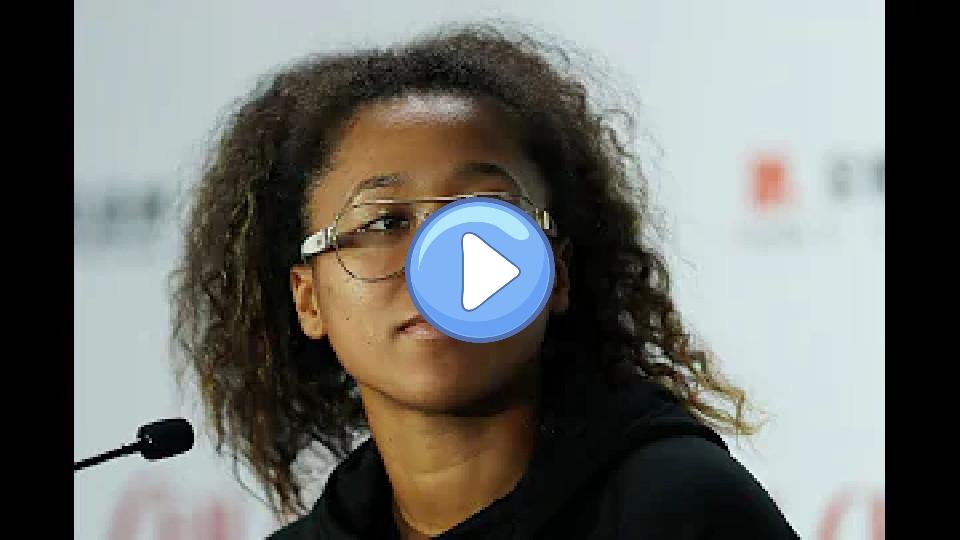Naomi Osaka's Sports Injuries
Type of Sport: Tennis
Naomi Osaka's Sports Injuries Table
| Type | Area | Date | Consequences | Content | How It Happened | Recovery Duration | Rehabilitation Details | Impact On Career | Psychological Impact | Previous Injuries | Return To Competition | Severity | Treatment | Medical Staff | Long Term Impact | Preventive Measures | Competition Missed | Initial Symptoms | Re Injury Risk | Support System | Rehabilitation Location |
|---|---|---|---|---|---|---|---|---|---|---|---|---|---|---|---|---|---|---|---|---|---|
| Back Injuries | lower back | 2017-12-31 | She had to withdraw from the tournament to avoid aggravating the injury. | The lower back injury was a recurring issue for Osaka, leading to multiple withdrawals from tournaments. | Osaka experienced lower back pain during the Brisbane International tournament. | 4 weeks | Included rest, physiotherapy, and core strengthening exercises. | She missed key matches and practice sessions, affecting her performance in early 2018. | Dealt with frustration and concern about recurring back issues. | Previous lower back issues reported in 2017. | 2018-02-01 | Mild | Rest, physical therapy, and pain management. | Physiotherapists and team doctors. | Ongoing management required to prevent recurrence. | Regular core strengthening and flexibility exercises. | Brisbane International 2018 | Stiffness and pain in the lower back. | High, given the physical demands of tennis. | Coaches, family, and medical team. | Training facility. |
| Strains | left hamstring | 2020-08-27 | The injury forced her to withdraw from the final match of the tournament. | Osaka's hamstring strain was a significant blow as it came right before the US Open. | Osaka strained her left hamstring during the Western & Southern Open. | 2 weeks | Focused on rest, icing, and gradual stretching and strengthening exercises. | Missed the final match of the Western & Southern Open, impacting her preparation for the US Open. | Stress and worry about readiness for the upcoming US Open. | No previous hamstring injuries reported. | 2020-09-07 | Moderate | Rest, ice, compression, and physical therapy. | Physiotherapists and team doctors. | No long-term impact reported. | Proper warm-up and conditioning exercises. | Final of Western & Southern Open 2020 | Sharp pain in the left hamstring. | Moderate, due to the physical demands of tennis. | Coaches, family, and medical team. | Training facility. |
| Tendinitis | right ankle | 2021-05-30 | Osaka had to withdraw from the tournament to prevent further damage and to start rehabilitation. | Osaka’s Achilles tendon injury was a significant setback, impacting her preparation for the French Open and her overall season. | Naomi Osaka sustained an Achilles tendon injury during a practice session while preparing for the French Open. | 6 weeks | The rehabilitation included physiotherapy, rest, and a gradual return to training. | The injury caused her to miss several important matches, affecting her ranking and momentum. | The injury was mentally challenging as it affected her confidence and preparation for future tournaments. | None reported in the same area. | 2021-07-23 | Moderate | Physical therapy, rest, and anti-inflammatory medications. | Team of physiotherapists and sports doctors. | No significant long-term impact reported. | Strengthening exercises and proper warm-up routines. | French Open 2021 | Pain and swelling in the right ankle. | Moderate, due to the nature of the sport. | Family, coach, and medical team. | Private sports clinic. |
Naomi Osaka's Sports Injuries Videos
What Happened to Naomi Osaka? (It's Not What You Think...)
Naomi Osaka was once the world's best hardcourt player, reaching the pinnacle of female tennis at age 21 and becoming one of the highest-paid female athletes. Born in Japan, she moved to the U.S. at age three and was coached by her father, inspired by the Williams sisters. Osaka's career took off after defeating Serena Williams at the 2018 US Open. She became the first Japanese player to win a major and quickly rose in the rankings, winning multiple Grand Slam titles.
However, Osaka faced numerous challenges, including mental health issues, injuries, and media scrutiny. In 2021, she withdrew from the French Open citing depression and later missed Wimbledon. She received backlash for choosing to represent Japan over the U.S., a decision influenced by dual citizenship laws and possibly her treatment by U.S. tennis authorities.
Osaka's struggles continued with inconsistent performances, injuries, and public incidents, such as being heckled at the 2022 Indian Wells tournament. Despite these setbacks, she announced a break from tennis in 2021 to focus on her mental health and later revealed she was expecting her first child, planning a return in 2024.
Osaka has been vocal about mental health, using her platform to advocate for social justice and draw attention to the pressures faced by athletes. She plans to return to tennis on her terms, aiming to compete in more tournaments and regain her status as a top player. Despite her challenges, Osaka's career remains one of the most successful in tennis history, and her return is highly anticipated.
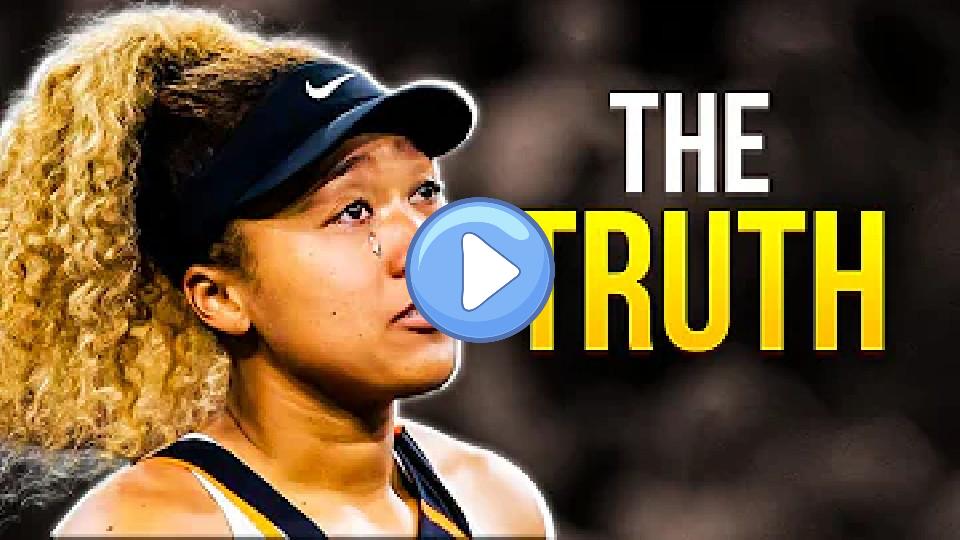
"Are you alright?" Naomi Osaka sees the lighter side | Australian Open 2019
Naomi Osaka saw the lighter side of her fall in the third-round win over Su-Wei Hsieh.
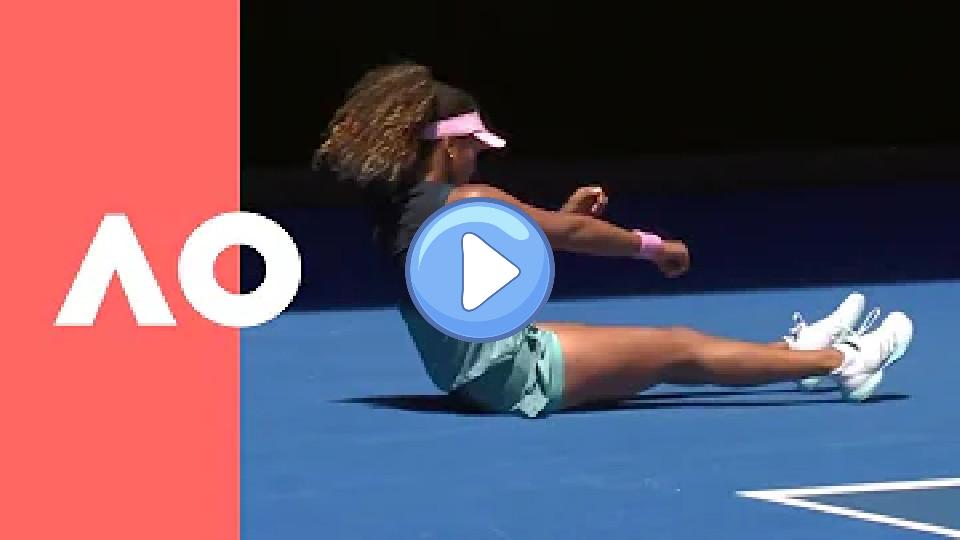
Naomi Osaka vs Daria Saville (Severe ACL Injury)
Naomi Osaka and Daria Saville are involved in a tennis match where Daria appears to have suffered a concerning knee injury, potentially an ACL injury, which she had previously experienced and caused her to be out for months.
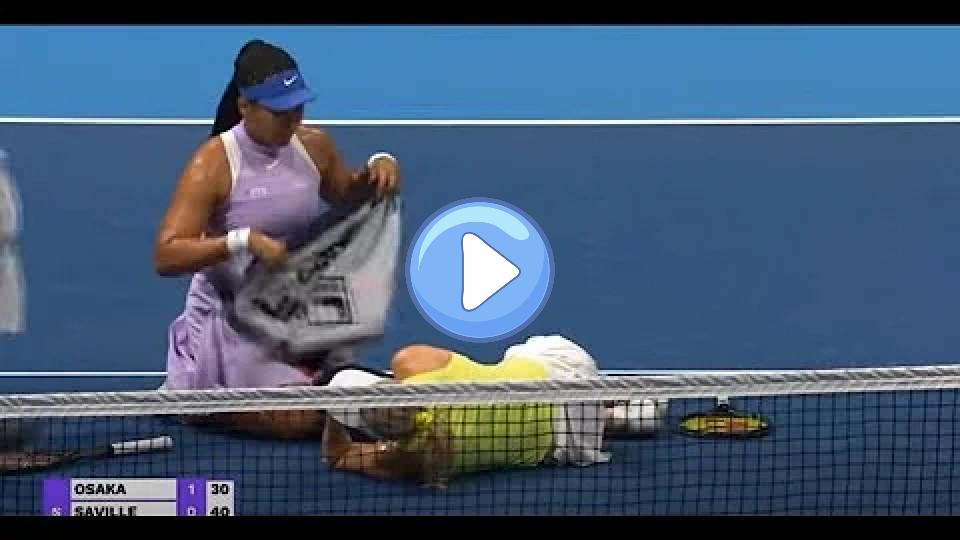
Naomi Osaka: Shocking News About Her Injury
Naomi Osaka, a professional tennis player, has faced challenges recently due to an Achilles injury and mental health issues. Despite her achievements, including being a four-time Grand Slam champion and the first Asian woman to be ranked number one by the WTA, she has withdrawn from events like the French Open and Wimbledon. Her injury impacted her performance, leading to a defeat in the Madrid Open. Osaka has been open about her struggles with depression, emphasizing the negative role media can play in athletes' mental health. She has been praised for speaking about these issues, highlighting the need for change in how athletes' mental well-being is perceived and supported.

Serena Williams and Naomi Osaka react after being eliminated from the French Open.
Serena Williams expressed surprise at being knocked out in the third round of the French Open. She acknowledged her opponent played exceptionally well, particularly in the first set. Williams noted the tournament felt different from other Grand Slams, as she experienced tension throughout rather than the usual sense of freedom and fun. While she was disappointed with her performance, she clarified that her feelings were not as severe as depression, but rather a natural reaction to not meeting her expectations after training hard.
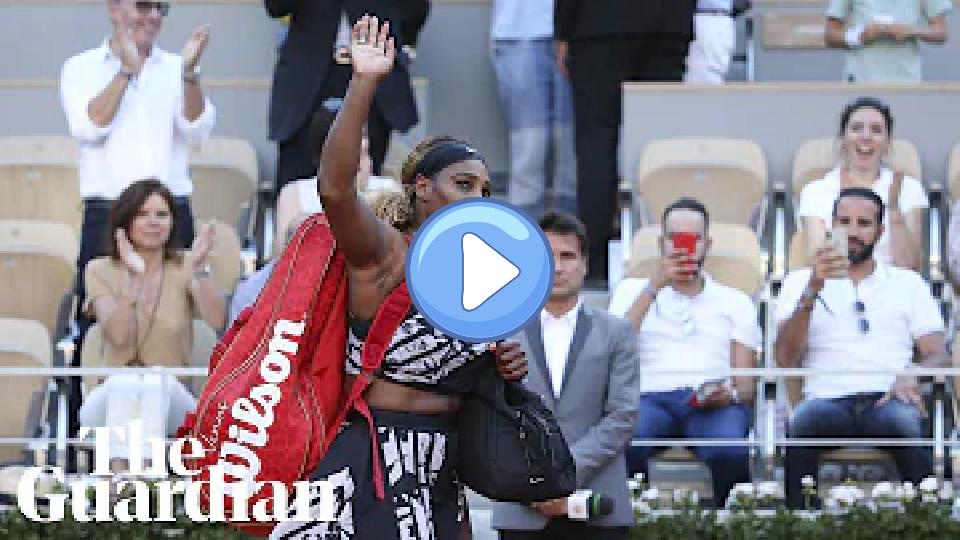
Tennis | Naomi Osaka withdraws from Wimbledon due to Achilles injury.
Naomi Osaka has withdrawn from this year's Wimbledon Championships due to an ongoing Achilles injury.

Grand Slam Champion Bows Out | Naomi Osaka vs Emma Navarro | Highlights | Wimbledon 2024
Watch the highlights as Grand Slam Champion, Japan's Naomi Osaka, bows out of Wimbledon 2024 after losing to the USA's Emma...

Injured Naomi Osaka 'disappointed' over withdrawal from Shenzhen | WTA Finals
Naomi Osaka discusses her withdrawal from the WTA Finals in Shenzhen due to a right shoulder injury. She reflects on her year, noting improvements and lessons learned, despite challenges. She expresses pride in setting and pursuing goals after the US Open and acknowledges emotional growth throughout the year.
